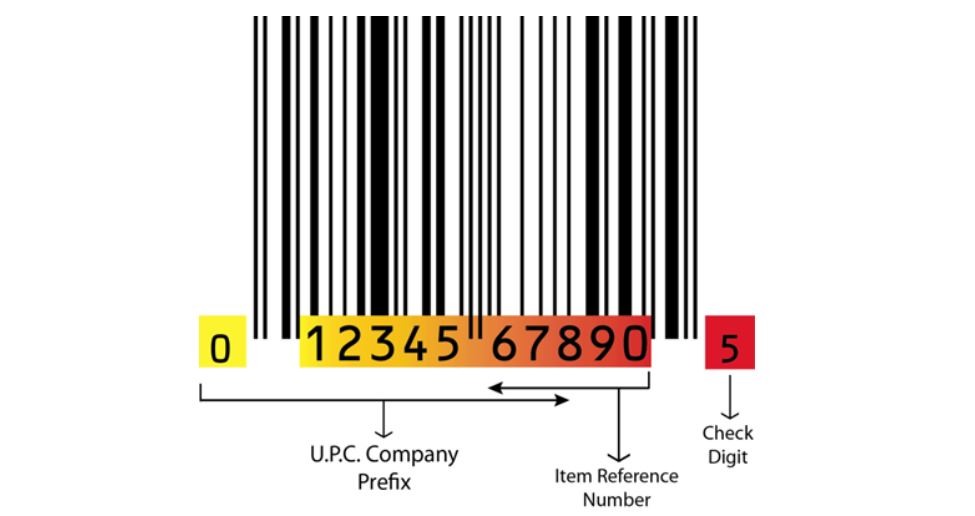I learned about the UPC code while I was undergoing a training program on quality management applications. The QC application is designed for shipment inspection for garment orders. It was an interesting story.
While initiating an inspection of an order carton inspection is done first. To initiate the inspection, the first thing the inspector needs is to select an inspection number from the list. After selecting the inspection number, the trainer mentioned, that I need to scan the UPC code of the order or type the UPC code manually or search the UPC code from the dropdown list.
This is the first time I heard the term UPC code. So, you can guess, I don't understand what the UPC code means here.
Do you know the full form of the UPC code? You may know it. If not, you will learn it today.
It was a remote training session. So, I did not ask the trainer what that means. I searched for it on the internet. And found the answer.
UPC stands for Universal Product Code (UPC). It consists of two parts – the machine-readable barcode, which is a series of unique black bars, and the unique 12-digit number beneath it. See the below diagram.

So, when packing is ready in a carton and the factory offers the shipment inspection to a quality inspector, in the case, there would be a barcode sticker attached to the carton. The barcode which refers to the product code of the apparel brand is the UPC. By scanning it while initiating quality inspection, the application will link the order with predefined order, and item details related to the scanned UPC. And all the inspection results will be saved under the order and UPC code. The same UPC is marked on individual garment packing labels.
In this post, I wanted to share the full form of UPC code, and it is done.
While initiating an inspection of an order carton inspection is done first. To initiate the inspection, the first thing the inspector needs is to select an inspection number from the list. After selecting the inspection number, the trainer mentioned, that I need to scan the UPC code of the order or type the UPC code manually or search the UPC code from the dropdown list.
This is the first time I heard the term UPC code. So, you can guess, I don't understand what the UPC code means here.
Do you know the full form of the UPC code? You may know it. If not, you will learn it today.
It was a remote training session. So, I did not ask the trainer what that means. I searched for it on the internet. And found the answer.
UPC stands for Universal Product Code (UPC). It consists of two parts – the machine-readable barcode, which is a series of unique black bars, and the unique 12-digit number beneath it. See the below diagram.

Image source: https://www.gs1us.org/
In this post, I wanted to share the full form of UPC code, and it is done.
If you want to know more about its specifications, what each set of UPC code digits means, how to obtain UPC for your products and why it is necessary, read the GS1 US website.
Later, I understood the barcode printed on all the FMCG goods that retailers scan for billing purposes is the UPC code. This helps retailers identify a product while recording the item and while selling and preparing bills.
The UPC only identifies a specific item and contains no other information such as price or quantity. This is so the vendor or retail outlet can assign its own price to the item. What consumers see happening at the POS at retail stores during scanning is the system using the item's UPC to look up the local item database for the price and is not actually the UPC giving the price.
Later, I understood the barcode printed on all the FMCG goods that retailers scan for billing purposes is the UPC code. This helps retailers identify a product while recording the item and while selling and preparing bills.
The UPC only identifies a specific item and contains no other information such as price or quantity. This is so the vendor or retail outlet can assign its own price to the item. What consumers see happening at the POS at retail stores during scanning is the system using the item's UPC to look up the local item database for the price and is not actually the UPC giving the price.
Know more about UPC, its advantages, and part of the UPC code.
